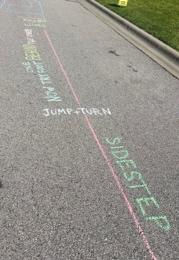AAC Myths
- All Care Therapies

- May 9, 2024
- 1 min read

AAC stands for Augmentative Alternative Communication. AAC can be used in a variety of ways but two of the most common ways are through low-tech and high-tech devices. A low-tech device can consist of something as simple as a piece of paper with pictures on it and the client points to pictures on the paper. A high-tech device usually consists of an iPad with an application on it.
Let’s discuss AAC Myths:
Young Children Must Wait Until They Can Use AAC - FALSE
The truth about AAC (Augmentative and Alternative Communication) for young children is that communication doesn't require any prerequisites when AAC supports are utilized. From birth, communication begins (such as crying, cooing, gestures, or looking towards the speaker).
Introduction and use of AAC* will keep an individual from using or developing his or her natural speech - FALSE
Millar, Light & Schlosser (2006) reviewed previously published studies that, among other criteria, presented data on “speech production before, during, and after AAC intervention.” This review revealed that participants demonstrated the following:
- Increases in speech production—89%
- No change in speech production—11%
- Decreases in speech production—0%
People with severe communication impairments cannot learn communication skills - FALSE
Every individual with a disability, regardless of its extent or severity, possesses a fundamental entitlement to influence, through communication, the circumstances of their existence. In addition to this overarching right, various specific communication rights must be guaranteed in all routine interactions and interventions involving individuals with severe disabilities.
Learn more at: https://www.asha.org/public/speech/disorders/aac/




Comments